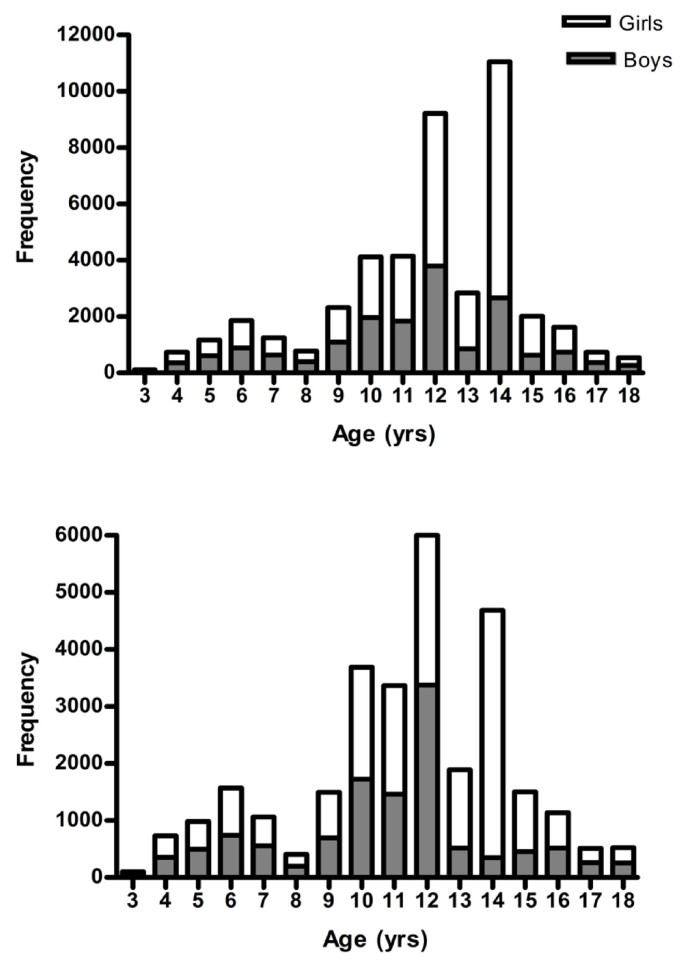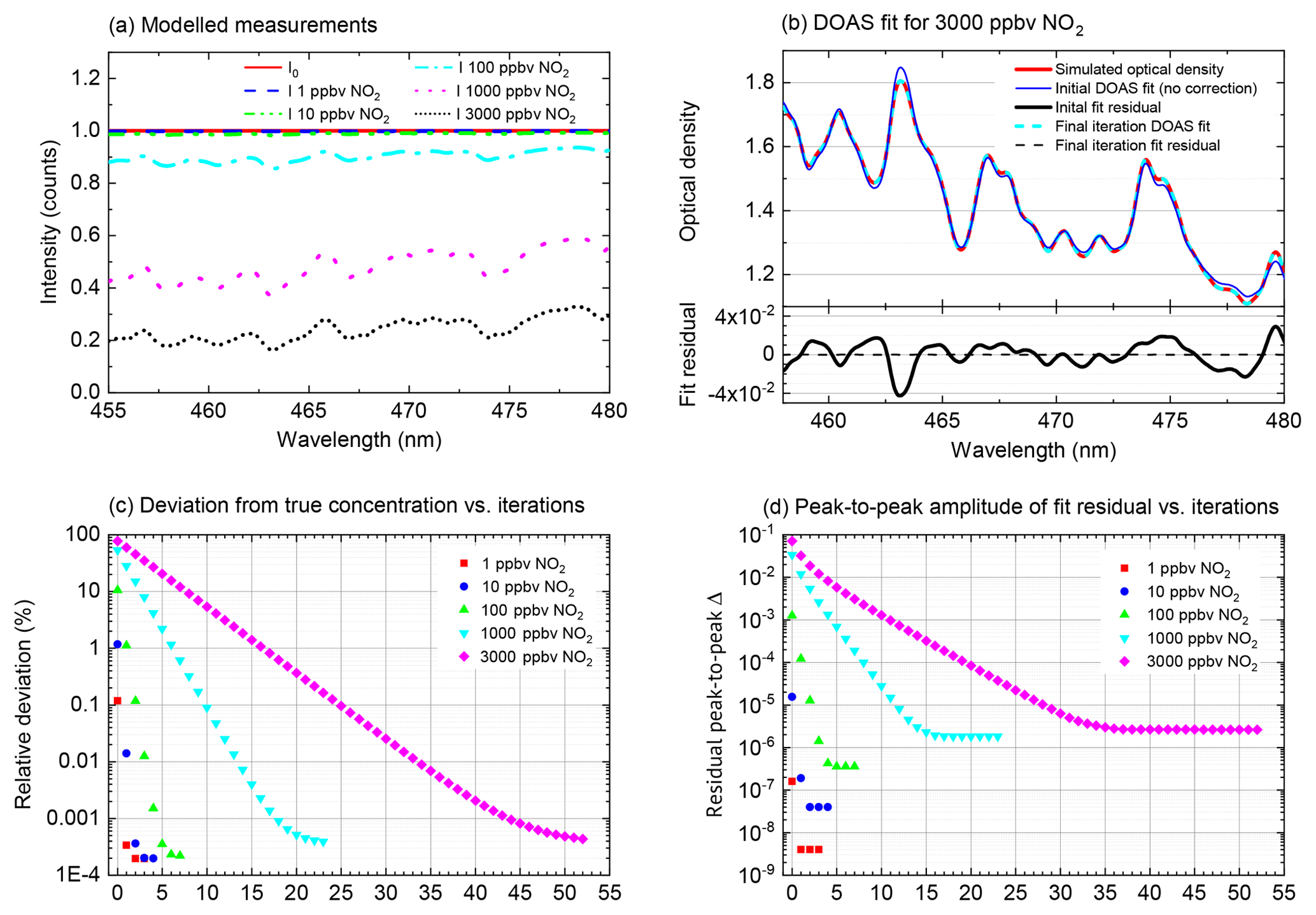
In this case report, we used MR-VWI to directly probe atherosclerotic lesions in an effort to reveal lesion-level response to medical treatment. In recent years, the value of magnetic resonance vessel wall imaging (MR-VWI) in directly characterizing the morphological features of intracranial atherosclerotic plaques has been explored ( Song et al., 2021). Current clinical practice relies on physical examinations, laboratory tests, and conventional imaging modalities like CT angiography or MR angiography (MRA), which mainly focus on the assessment of luminal stenosis.

Therefore, active monitoring of intracranial atherosclerotic lesions has been crucial for the secondary prevention of stroke. Intracranial atherosclerotic disease (ICAD) represents a significant risk factor for ischemic stroke worldwide, and patients with symptomatic ICAD experience a high rate of recurrent stroke ( Holmstedt et al., 2013).

Early identification of patients who do not respond well to medication is critical to prevent the recurrence of cardiovascular events in ICAD patients. We noticed that one of the plaques showed dramatic worsening at 3-month imaging follow-up despite a decrease in low-density lipoprotein level.
#ICAD MEASUREMENTS SERIAL#
In this case report, to better understand the response of intracranial atherosclerotic plaques to medication, serial MR imaging was added to standard clinical workup in a 47-year-old male patient with acute occipital lobe infarction at baseline, 3-month, 6-month, and 12-month post index stroke to directly visualize the morphology and signal change of plaques. Symptomatic ICAD patients still suffer a high recurrent rate even under standard treatment. Intracranial atherosclerotic disease (ICAD) is a dynamic process that leads to ischemic stroke.



 0 kommentar(er)
0 kommentar(er)
